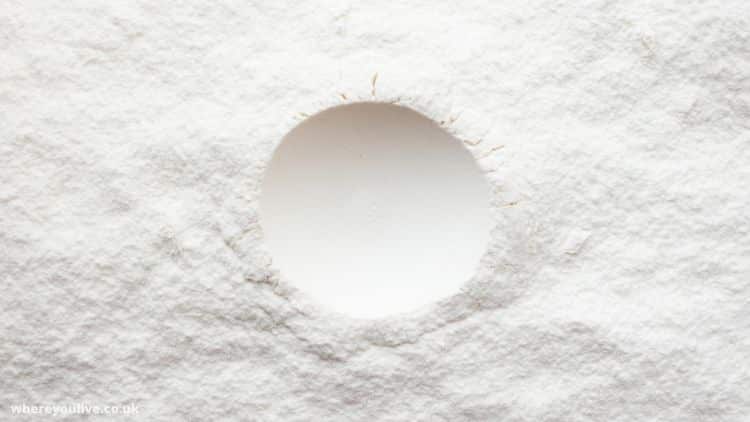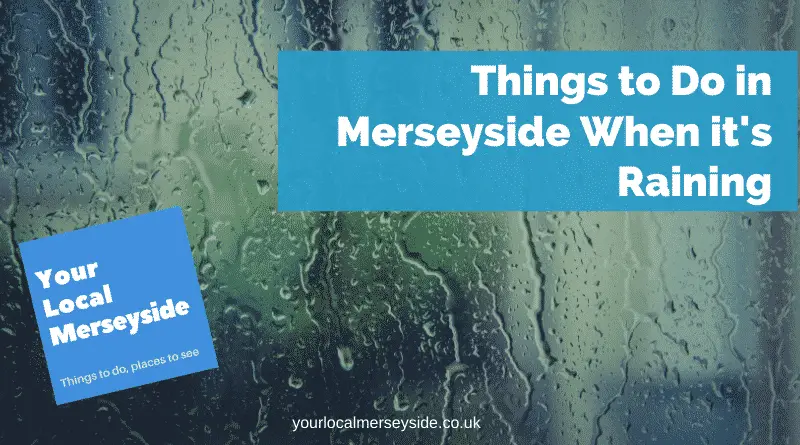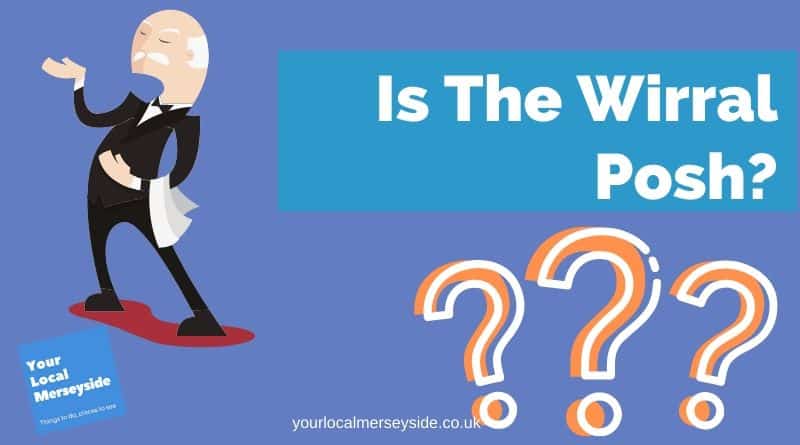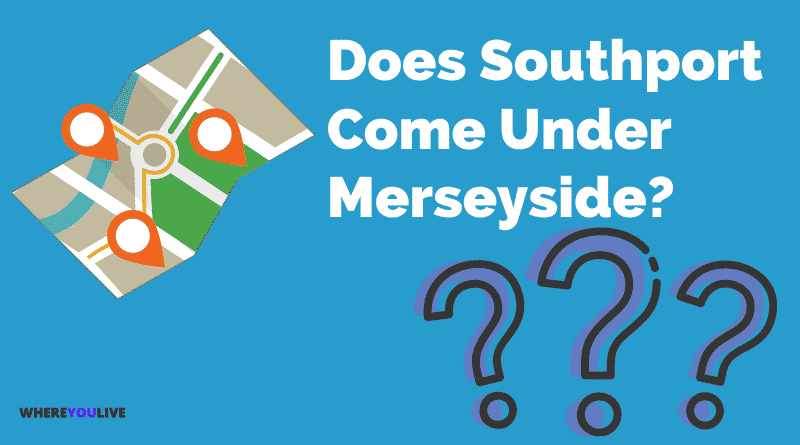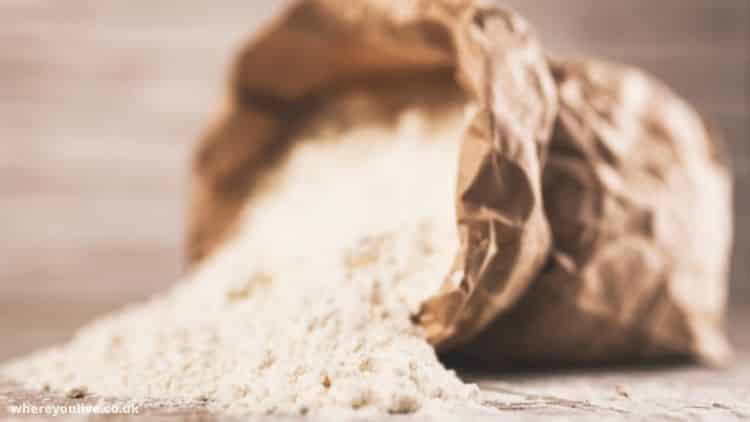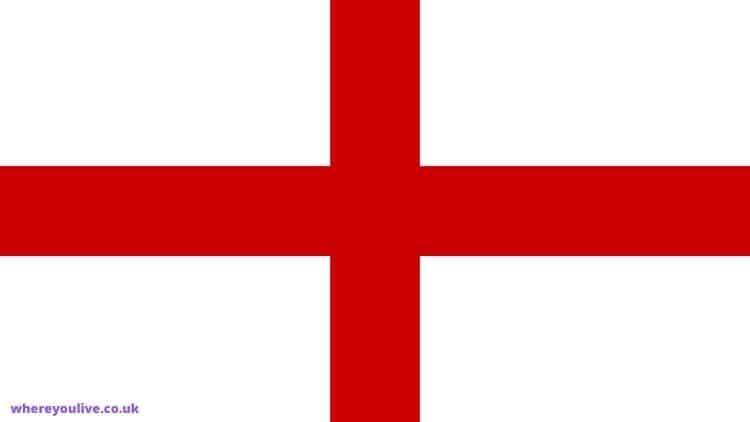What is All Purpose Flour? All-purpose flour is what we Brits call plain flour. All-purpose flour is a white flour with no rising agent. It’s what you use to make cakes, biscuits and bread – the staples of a baker’s kitchen. The name comes from its versatility as it can be used for all sorts of baking purposes, not just making bread.
Is plain flour and all-purpose flour the same thing?
Yes they are. All-purpose flour and plain flour have just different meanings. Plain flours are used in the US, UK, and Australia. There’s nothing to concern about with these two glutens because they’re made differently depending on where you go – some use self-risen bread flour while others don’t!
Why is it called plain flour in the UK and all-purpose flour in the USA?
Like many things between the UK and the USA it is because we have common cultures but slight differences and this stretches to spellings, pronunciations and the way we name things. All-purpose flour is what Americans call plain flour.
All-purpose flour is made up of both high gluten and low gluten flours to provide a balance of qualities for many types of baked goods. What this means is that they are best suited for different purposes; while one can be substituted for another, they will not have the same result as if you use what’s called “plain” or “all-purpose”
In general, it’s better to use all-purpose because it has a lower protein content than plain or self-raising flour – so there won’t be any tough bits left over when you’re done cooking!
What is all-purpose flour used for?
All-purpose flour is a staple in the American kitchen, often used for recipes. Recipes can vary from casseroles to soups and even baked snacks like biscuits or fried foods!
Types of flours and what they are used for
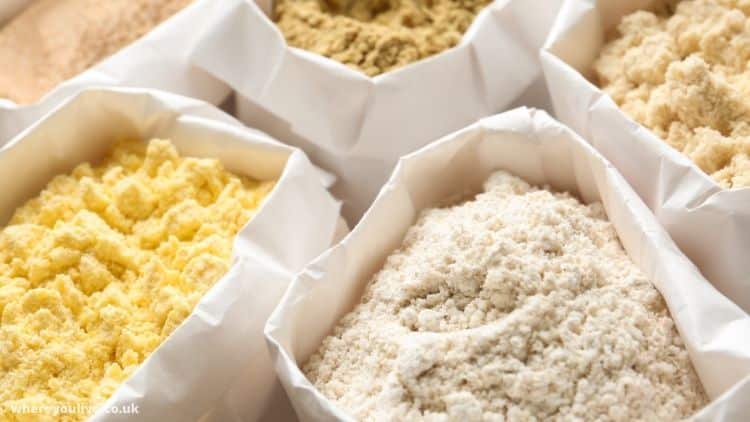
There are many different types of flour, and what they are used for will depend on the recipe.
– Wheat Flour
Is a blend of hard wheat with soft red winter wheat that is ground to be made into breads, pasta, crackers and more. It can also be found in pastry crust or pie dough.
– White Flour
Is a finely ground wheat flour that has had the bran and germ removed. This type of flour can be used in breads, cakes, pie crusts or as a coating for what you are cooking.
– Whole Wheat Flour
Contains the entire grain (except for the outer husk). It retains more nutrients than white flour and is slightly more dense.
– Rye Flour
Has a hearty, earthy flavor and can be used in rye breads or to make crackers with caraway seeds sprinkled on them. You will also find this type of flour often eaten as part of the traditional Scandinavian dish called Rugbrød (aka what Americans know as “rye bread”).
– Soy Flour
Is what’s left after soybeans are ground into a toasted flour. It has more protein than wheat and can be used in gluten free baking, as well as other baked goods that need extra nutrition.
– Spelt Flour
Is the whole grain of spelt (a type of ancient wheats grown mostly in Europe) that has been ground.
– Potato Flour
Is what’s left after you’ve peeled and cooked potatoes, then mashed them. It can be used to make gluten free baking as well as in other types of baked goods where a fluffy texture is desired (think pancakes or biscuits).
– Corn Flour
Refers to what remains when corn kernels are ground into a fine flour. It is what’s used to make corn tortillas, tamales and polenta.
– Oat Flour
Can be made by grinding oats until they become an oatmeal powder (aka “oatmeal”). This type of flour has more protein than regular white or wheat flours and is often found in gluten free baking.
– Soybean Flour
Is what’s left after soybeans are ground into a flour (aka what we know as “soy flour”). It can be used to make gluten free baked goods, in addition to other types of baked goods where protein is desired or needed.
– Rice Flour
Has been polished and refined to remove what’s left of the outer hull. It can be used in Asian dishes, or as a light coating for what you are cooking (think frying).
– Cornmeal
Is made from grinding corn kernels into flour to create what we know as “cornbread”. You’ll also find this type of flour iced on top of sweet pot pies.
– Oat Meal
Is what’s left of the oat grain after it has been ground into a flour. This type of flour can be used for making gluten free baked goods, as well as what we know as “oatmeal”.
– Amaranth Flour, Sorghum Flour and Quinoa Flour
Are all types of whole grains that can be ground into what is known as “flour” (aka what we know as the ingredients in baking).
– Spelt Flur, Buckwheat and Almond Flour
Are all made from different types of flours. They provide an alternative to wheat flour for those who either have celiac disease or gluten intolerance.
– Arrowroot
Is what remains when arrowroot plants are dried and ground into a flour. This type of flour is what’s known as “Arrowroot” or “arrow root starch”.
And what about All Purpose Flour?
It refers to all purpose wheat (or spelt) flour that has had just enough malted barley flour and/or gluten to produce what is known as “strong” flour.
As you can see, there are many types of flours that have different uses and properties. The type of wheat (or spelt) flour used in making what we know as “all-purpose” or “strong” flour is what white breads such as croissants, hamburger buns, bagels and pizza crust come from. All purpose flours are a good substitute for people with gluten intolerance who cannot consume regular wheat flour containing gluten because it has been removed during processing.

